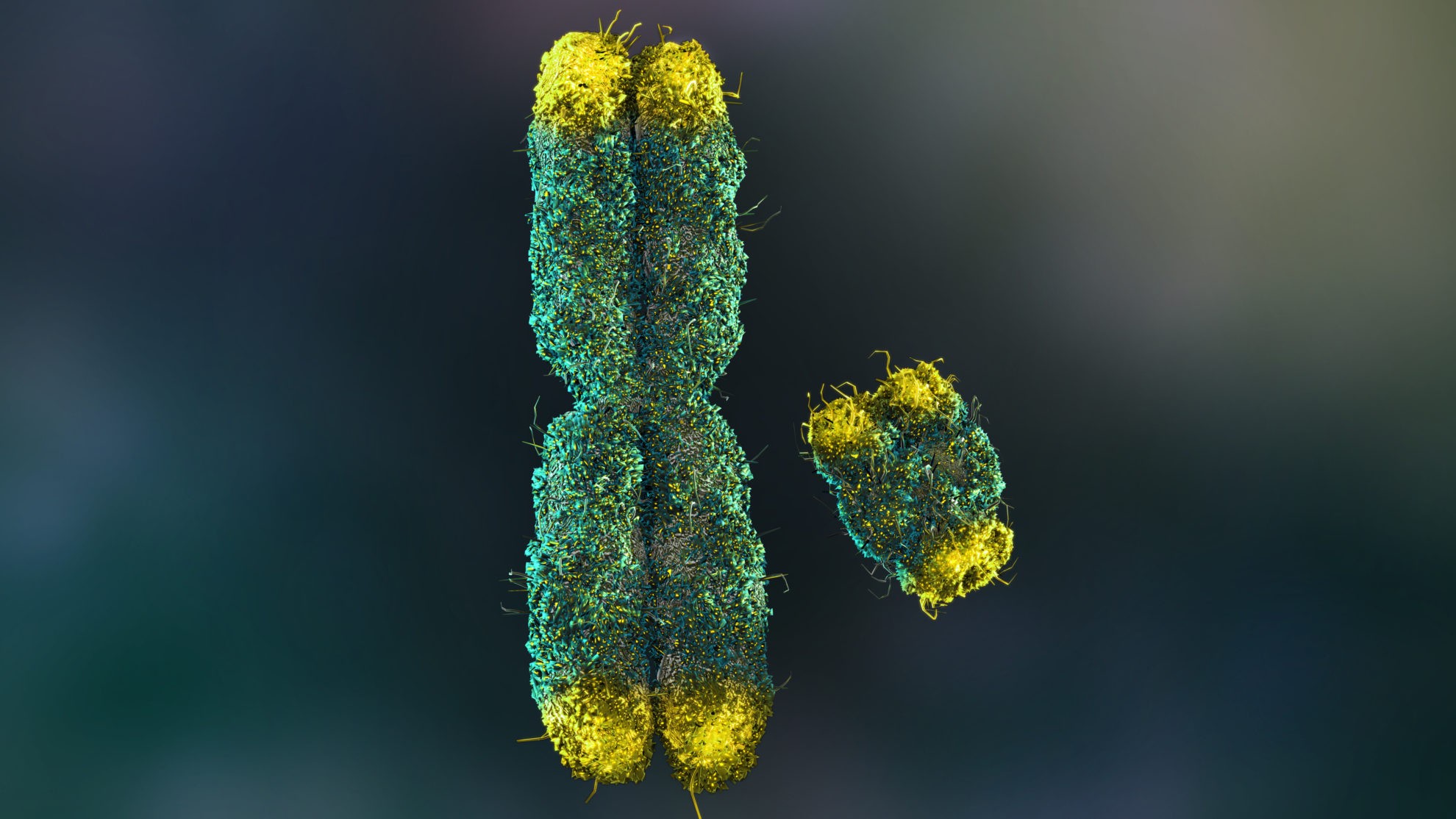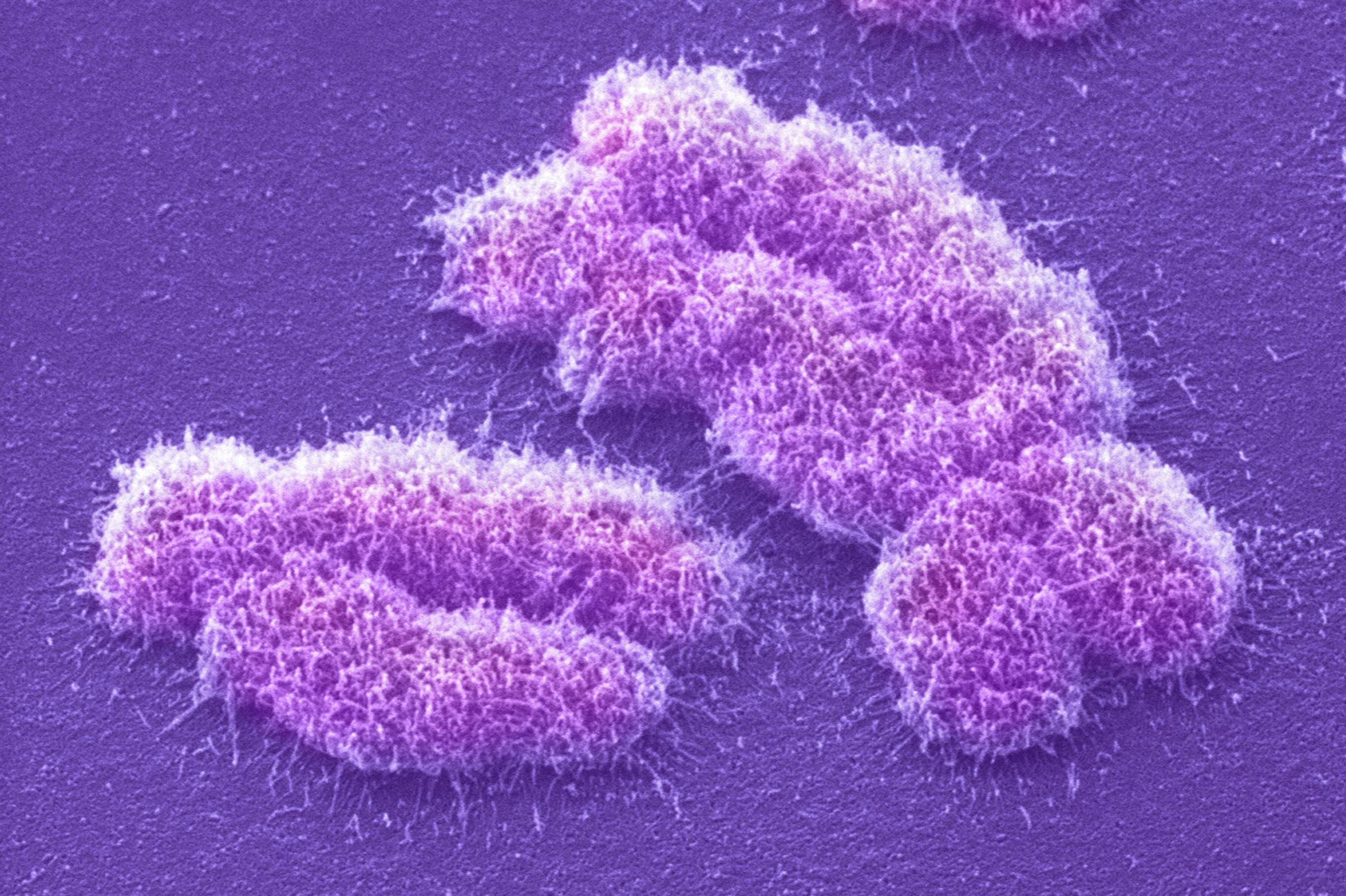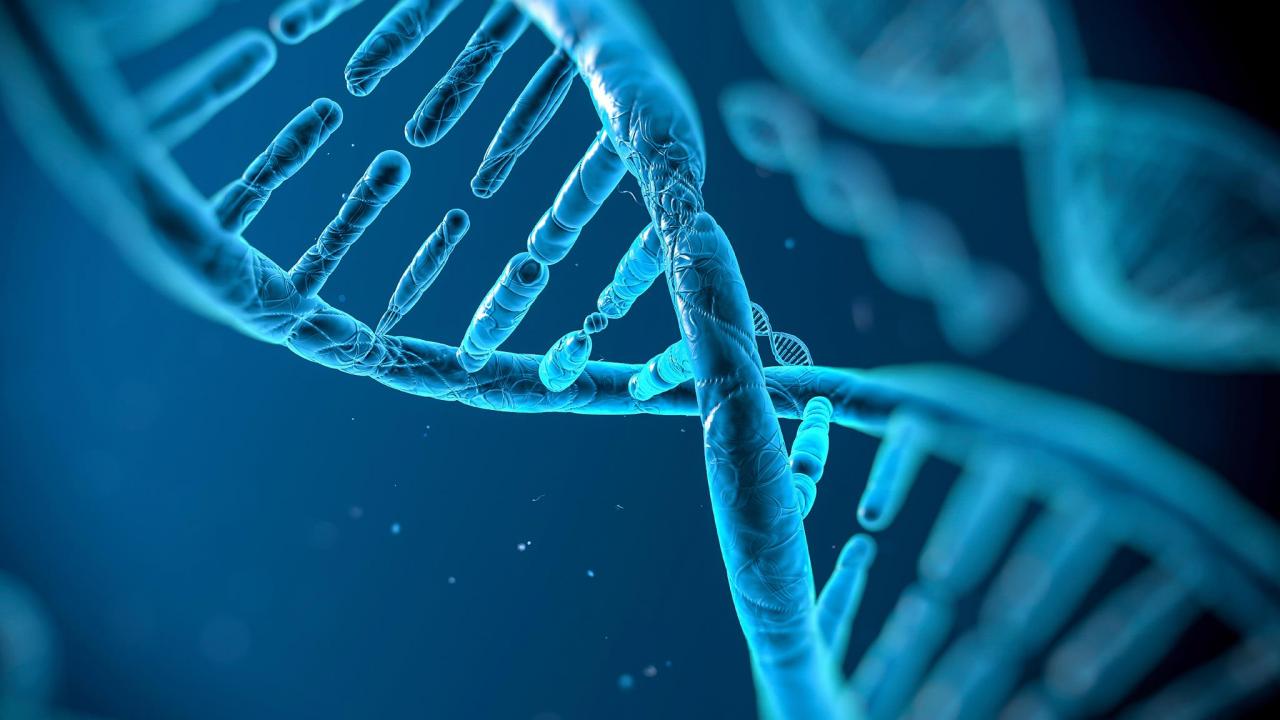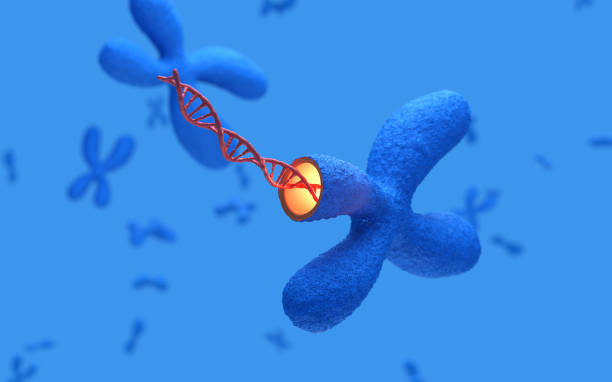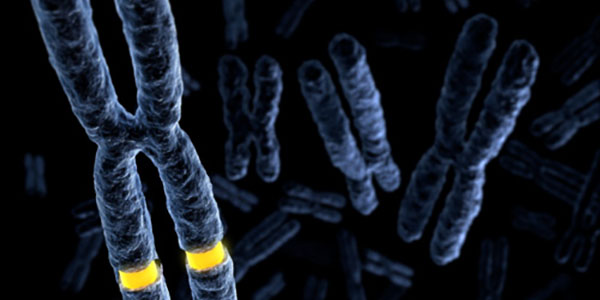How Woman was Created from Man
Do we know how the first man and woman were created? The Creator first created man from the dust of the earth and then from his rib He created the woman.
The Tanak commentators understand that the narrative of the creation of man and woman in Gen 1:27 and Gen 2:21 refers literally to one of Adam’s ribs from which the woman was created: the Creator put man to sleep, took one of his rib, and in what appears to be “genetic engineering” He created the woman. This appears to be the prevalent translation and interpretation.
But why did the translators feel it was necessary to render that particular Hebrew word as “rib”, because as we will take the liberty to explain below, this is the key word to unlock the mystery?
In the following, we will explain what one needs to know about how woman was created from man.
The Midrashic explanation
According to Genesis Rabbah 8:1 and Eruvin 18a, the Creator originally created Adam male and female, with two faces or two sides, or what can be called a hermaphrodite, and afterwards, He divided him along his back by separating the one female side from the male side.
And when Elohim divided him only the place of the cut was missing, for Adam was left without a back and his whole body cavity was open. Thus, according to the Sages, it says that He closed up his body as one closes an open house or an open chest. We can understand what the Sages are saying, but this situation is hardly parallel.
Keeping with this view of Adam having both male and female features, some Sages taught that when Elohim created man he had two bodies attached at the side seeing that the Torah reports that He created “them”, not “him”. They understand man’s original appearance to have been something like the Siamese (co-joint) twins. But can we rethink this because the Torah indeed says, “He created him”?
An intelligent reader will understand that something is not right.
For those who have critical thinking who are not easily ready to accept the aforesaid Rabbinic concept of the origin of mankind, we suggest another explanation that does not provoke the common sense, for we shall have more to say upon this point presently.
The origin of mankind
There are several questions we need to answer in the course of this whole narrative of the creation of man and woman. What does the Torah mean by saying “Elohim created the man” and “male and female He created them”?
We must also try to understand why the Torah refers to “and He took one of his ribs (or sides)”.
Let us now approach our verses.
And Elohim created the man in His image, in the image of Elohim He created him: male and female He created them. (Gen 1:27)
The simple meaning of the verse is that here Scripture informs us that the man and woman were both created [on the sixth day], but it does not explain how they were created, because it is explained elsewhere.
So, the Creator first made Adam from the dust of the earth (a metaphor for minerals). Concerning the formation of man, it has been said in more details thus,
And Yehovah Elohim formed the man out of dust from the earth and breathed into his nostrils breath of lives. And the man became a living being. (Gen 2:7)
It seems that our explanation is becoming even more complicated when we read that,
This is the book of the genealogy of Adam. In the day that Elohim created man, He made him in the likeness of Elohim. Male and female He created them, and He blessed them, and called their name “Adam” in the day they were created. (Gen 5:1-2)
If we want to understand what took place at that time we must pay attention to the word “Adam”.
When we read in Gen 1:27 that “Elohim created the man … male and female He created them”, we read thus: Elohim created ha’adam; in Gen 5:1, the man is called Adam, but in Gen 5:2 we read that He called their name Adam. These words beg for an explanation.
This man was called Adam, which in Hebrew signifies “one that is taken from the earth” (Hebrew adamah), or “one who is red”, because he was formed from the red earth.
Adam as a verb means to show blood (in the face), that is, to flush or turn (made) red (ruddy). But as a noun adam means “man” also “man[kind]”.
If we take the consideration still further, the fact that the male is called ha’adam and the male and the female: adam, are not in contradiction. In one place adam is used to mean “man”, in the other: “mankind”.
We should remember that on the day He created them, the male and the female were the entire mankind on the face of the earth, and what would be more suitable to call them but Adam: mankind.
But when the text refers to the male, however, he is called ha’adam: the man-kind.
This matter can best be understood in connection with the creation of the woman.
In the process of forming man out of the earth, the Creator’s desire was to create another human being, as it is said,
It is not good for the man to be alone, I am going to make a helper for him, as his counterpart. (Gen 2:18)
These words “it is not good for man to be alone” were not spoken by Him after He had created the male, as if He could possibly create something that it is not good.
Rather, the man was not created to be alone but to have a partner, a helpmate, just as the other creatures were created in pairs, so that they too should live in pairs, male and female, and reproduce themselves to populate the earth.
As for who said these words, the reader may do well to read what we have written in our commentary on how Torah was given to Mosheh.
We read further,
So Yehovah Elohim caused a deep sleep to fall on the man, and he slept. And He took one of his ribs, and closed up the flesh in its place. And the rib which Yehovah Elohim had taken from the man He made into a woman, and He brought her to the man. (Gen 2:21-22)
The reason the Torah saw fit to append this paragraph to the previous one in Gen 1:27 was to tell us that they are in a direct association.
After Adam woke up from the deep sleep, he said about the new being, “This is now bone of my bones and flesh of my flesh”. This new human being was called ishah “woman”, because she was taken out of ish “man” (Gen 2:23).
And this is the first place where the words ish and ishah appear: only after the woman was created from the man. Before that the human the Creator made from the dust was called Adam “mankind” thus being one of a kind, uniquely made unlike the other creatures He created.
Now, let us read Gen 1:27 in its proper context,
Let us make mankind in our image, according to our likeness, and let them rule over the fish of the sea, … And Elohim created the man in His image, in the image of Elohim He created him, male and female He created them. (Gen 1:26-27)
In the Creator’s blueprint of the world, the mankind (males and females) was to be created in His and in His messengers’ image; they were to rule over His creation. He started first with the creation of the man, from whom He created the woman.
Still on the same line of words, how are we to understand the statement “And He took one of his ribs, and closed up the flesh in its place”? Because these are the words that have caused a great deal of controversy.
The apparent contradiction to our verses is fairly resolved by suggesting that the word in question may not mean a rib but something else. As we will explain presently, we have some proof for this in the following.
The “rib” of the body
This word is צֵלָע tseila; it comes from the unused primitive root צָלַע tsala, which means to curve, hence צֵלָע tseila is assumed to mean a rib (as a rib is curved), but literally or figuratively a side of a body (as it is also curved), or side of something, as in “and for the second side (tzeila) of the Tabernacle” (Exo 26:20).
Tzeila is a feminine noun, meaning “side”, hence the allusion made in the Rabbinic Judaism to Adam having both male and female features, like a hermaphrodite, or having two bodies co-joint along the sides, like Siamese twins.
As aforesaid, the Sages believed that man was created in two bodies attached at the side seeing that it is said that He created “them”, not “him”.
However, the distinction drawn in Gen 1:27 between אֹתֹו which means “him, himself” (as “in the image of God created He created אֹתֹו oto him”) and אֹתָם otam (as in “male and female He created אֹתָם otam them) must not be overlooked.
The word אֹתָם otam “them”, which indicates that Elohim created man and woman as male and female, completely overthrows the idea that man was at first androgynous having both male and female sexual characteristics. Yet it is indeed said first that He created him, and then He created them male and female. It seems that the Rabbis are right.
What sense can we make out of this verse?
The intricate lace work in the origin of mankind
In biology, the XY combination is a sex-determination system in which the sex of a human is determined by a pair of sex chromosomes: X and Y. The labeling as X and Y is taken from their apparent resemblance in form, as seen in the photos below.
Males have two different types of sex chromosomes (XY) and are called the heterogametic sex, while females have two of the same type of chromosome (XX) and are called the homogametic sex.
In other words, the presence of the Y-chromosome is responsible for triggering the male development, while the absence of the Y-chromosome determines the female development.
In males, the spermatozoon (the male reproductive cell) carries both the X-chromosome (female) and the Y-chromosome (male). If the X-chromosome of the spermatozoon connects to the X-chromosome of the ovum (the female reproductive cell), the conceived human being is determined as a female.
If the Y-chromosome of the spermatozoon, however, connects to the X-chromosome of the ovum, a male is conceived.
Thus, the X and Y chromosomes, also known as the sex chromosomes, determine the biological sex of an individual: females inherit the X chromosome from the father and the mother for the XX genotype (mothers only pass on the X-chromosome), while males inherit the Y-chromosome from the father and the X-chromosome from the mother for the XY genotype.
It is obvious that while both types of chromosomes (X and Y) play role in the sex-determination, the presence or absence of the Y (male) chromosome is critical because it contains the genes necessary to determine the male sex: the presence of Y-chromosome determines the male sex (XY), while its absence determines the female sex (XX).
There is no human being with YY-type (all male chromosomes) chromosome; a human must have at least one X-chromosome to survive.
Note: it is altogether incorrect to hold the view in the Rabbinic Judaism that the Jewishness of a person is determined by the Jewishness of the mother: if the father is not Jewish, the child is not Jewish either. There are overwhelming number of verses to the contrary. For instance, from Genesis 5 to Matthew 1, we find that Adam begot Sheth, Sheth begot Enosh, etc., etc. proving that the genealogy passes on through the father, and the science lines up perfectly with the Scripture.
To get back to our main subject.
Again, in the process of forming man out of the earth, the Creator’s will was to create another human being, and He designed him to have the two types of chromosomes: X and Y, the marks of the human sexes.
According to the creation story in Genesis 1, the biological default is the male (XY) development, since man was created first, and from him the X-chromosome was taken to create the woman.
With that already said, we are fairly convinced that the Creator had not created a hermaphrodite or Siamese twins, because this creation could hardly be called “good”, but He first created the man from whom He created the woman. He took a sample from the man’s body to create the woman.
We may only suggest, without any absolute certainty, that this sample was צֵלָע tseila, the XY-chromosome of the man, which He split and took the X-chromosome from it to create the woman.
This צֵלָע tseila, the XY-chromosome, could have been taken from man’s rib, skin, or any organ in his body, but we have the strong reason to believe that tseila was taken from his living blood. And indeed, what could have been a better carrier of life than blood?
Now, perhaps, we will better understand why it was said that “life is in the blood”,
But do not eat flesh with its life, its blood. (Gen 9:4)
Note: דָּם dam, blood, is a kin-word to אָדָם Adam.
And this is what the Torah means when it speaks of , “He took one of his curves”: the form of the human chromosome is curved, like a rib, as seen in the photos. Therefore, it is not that the Creator made the woman from the man’s rib or side, but from his curved Y-chromosome He made her.
Thus, the woman was created from a living human being, the man, while Adam was created from adamah, the unliving matter: the dust of the earth.
And perhaps we will better understand why the man gave his wife the name Chavah, because she became the mother of all living” (Gen 3:20). Indeed, the first woman became the mother of all mankind after her, and that was a good reason to call her Chavah, “a life giver”, from the word חַוָּה chavah, to live.
This is the reason why it is said that blood of the sacrifices is to be poured in the dust, and that man came from the dust, and to the dust he returns.
Navah
May we merit seeing the coming of our Mashiach speedily in our days.

